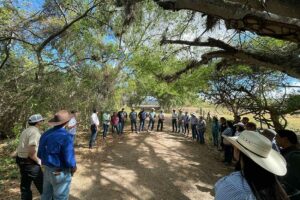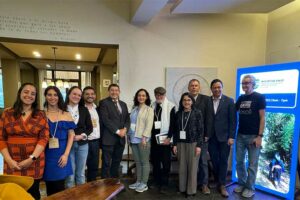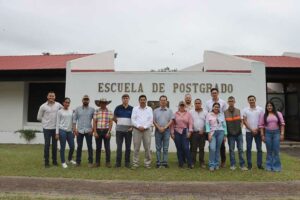CATIE Provides Recommendations to Enhance Costa Rica's Payment for Ecosystem Services Program
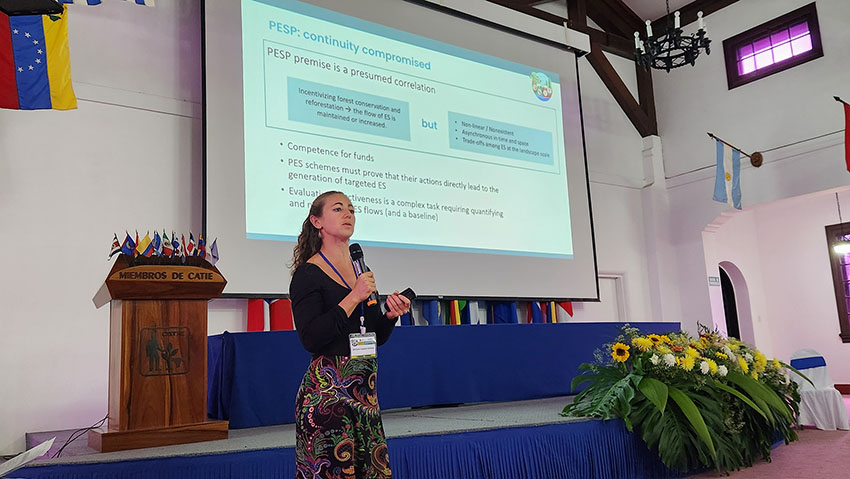
- Defining concrete goals and giving more priority to water resource protection are part of the suggestions put forward by researchers from CATIE.
Forests play a key role in the water cycle, helping to maintain and improve the quality and quantity of water resources. Following this premise, the Payment for Ecosystem Services Program (PES Program), managed by Costa Rica's National Forestry Financing Fund (Fonafifo), promotes forest conservation. However, currently, the PES Program lacks a monitoring mechanism to ensure the program's effectiveness.
Within this context, researchers from the Environmental Economics and Sustainable Agribusiness Unit (UEAAS/EfD) at CATIE (Tropical Agricultural Research and Higher Education Center), evaluated to estimate the positive effect of the policy on water resources and provide recommendations to enhance the scope of the PES Program.
Bárbara Viguera, a researcher at UEAAS/EfD, stated that the technical assistance identified aspects limiting the effectiveness of the water resource protection sub-activity through the PES Program in the country and provided recommendations for improvement.
"Costa Rica has very low deforestation rates, around 1%, so we could say that forests are being conserved due to the Forestry Law, and environmental awareness of Costa Ricans, among other factors. In this sense, the effect of the PES Program on forest cover conservation is very low, and its effect on improving the provision of ecosystem services to society is also low," expressed the researcher.
"Our results suggest that PES Program efforts have not focused on areas with the highest probability of deforestation, nor on zones most relevant for water services generation, as the Program responds to various guidelines, including social and economic aspects," added Viguera.
How to Improve PPSA Effectiveness?
Here are the recommendations to enhance the effectiveness of the Payment for Ecosystem Services Program:
- Establish concrete and measurable goals for the PES Program.
- Reorient actions, especially in water resource protection, to improve ecosystem service provision.
- Reduce emphasis on forest protection and allocate resources to other land uses with potentially higher gains, such as agricultural lands or pastures.
- Prioritize reforestation of degraded areas, especially in riparian zones, to restore tree cover.
- Redefine spatial prioritization considering the hydrological balance and guide resource investment towards specific objectives, such as aquifer recharge or runoff reduction.
- Integrate aspects of climate risk to reduce impacts associated with extreme hydrometeorological events, such as droughts.
- Strengthen alliances with key stakeholders.
- Give more relevance to water resource protection by making it an independent activity.
- Acknowledge that structural program modifications will be required, dependent on various governmental instances.
- Obtain and utilize information derived from research to support decision-making.
Communicating to Share Findings
An essential effort to disseminate information is finding spaces through which research results are shared with a wider audience.
For researchers at UEASS/EfD, this is highly relevant. In January 2024, they published an article titled "Alternatives for Improving Payment for Ecosystem Services (PES) Effectiveness on Water Resources" in the Journal of Soil and Water Conservation, authored by Bárbara Viguera, Róger Madrigal-Ballestero, and Eduardo Pacay, along with Gilmar Navarrete Chacón, Director of Environmental Services of the National PES authority, Fonafifo.
During the recently concluded 18th North American Agroforestry Conference (NAAC), Bárbara Viguera showcased this work in the session titled "Strategic Agroforestry Approaches", held on the afternoon of Wednesday, February 22, at CATIE.
This event brought together about 200 experts and participants from countries such as the United States, Argentina, Brazil, Cuba, Colombia, Bolivia, Costa Rica, and Nicaragua, among others, and aroused great interest among the audience, as Costa Rica's PES Program has been and continues to be a reference for conservation in the LAC region.
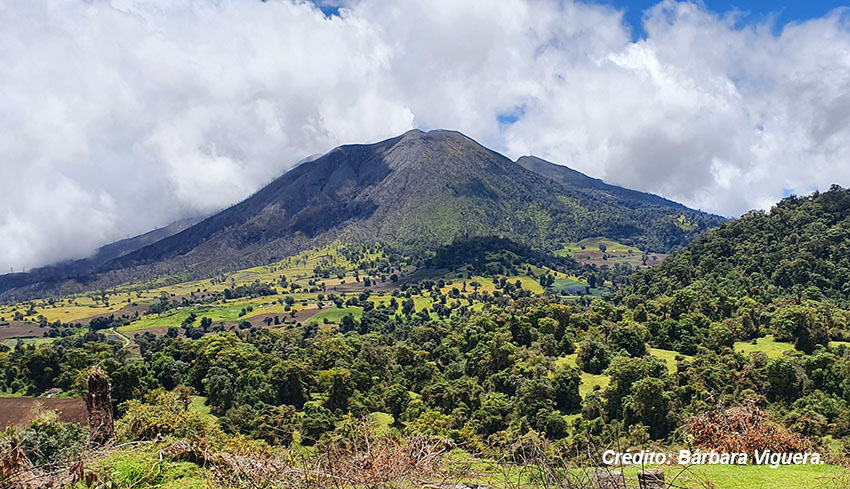
More information:
Bárbara Viguera
Researcher
Environmental Economics and Sustainable Agribusiness Unit (UEAAS/EfD)
CATIE
bviguera@catie.ac.cr
Written by:
Marianela Argüello L.
Communication and Knowledge Management Officer
Environmental Economics and Sustainable Agribusiness Unit (UEAAS/EfD)
CATIE
marguello@catie.ac.cr

